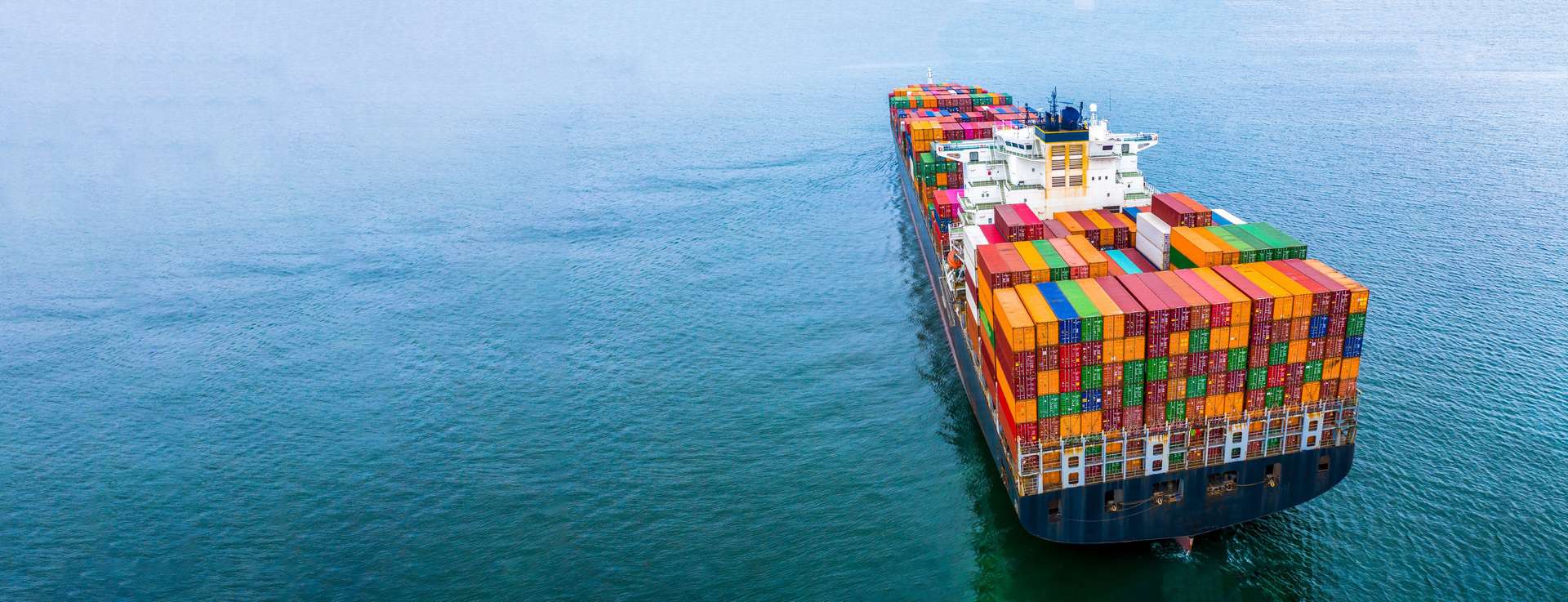In today's globalized world, efficient logistics and transportation play a crucial role in international trade. For businesses involved in importing or exporting goods, understanding the transit time of sea cargo is essential for effective planning and supply chain management. In this article, we will explore the factors that influence the duration of sea cargo shipments from Singapore to the Philippines and provide insights on how to optimize transit time.
- Distance and Route:
The distance between Singapore and the Philippines is approximately 2,000 kilometers, depending on the specific ports involved. The route taken by cargo vessels can vary, but the most common route is through the South China Sea. It is important to note that factors such as weather conditions and geopolitical situations can impact the chosen route and subsequently affect transit time. - Carrier Selection:
Choosing the right shipping carrier is crucial in determining the transit time of sea cargo. Different carriers have varying levels of efficiency, reliability, and frequency of sailings. It is advisable to work with reputable carriers that have a strong track record of timely deliveries and excellent customer service. Conducting thorough research and comparing carrier options can help businesses make informed decisions. - Port Operations:
Efficient port operations are vital for minimizing transit time. Ports act as crucial hubs for cargo handling, including loading and unloading, customs clearance, and documentation. Factors such as congestion, infrastructure capabilities, and operational efficiency can significantly impact the time spent at ports. Collaborating with ports that have streamlined processes and advanced infrastructure can help expedite cargo handling and reduce transit time. - Customs Clearance:
Navigating customs procedures is a critical aspect of international shipping. Each country has its own customs regulations and requirements, which can affect the time spent on clearance processes. To expedite customs clearance, businesses should ensure that all necessary documentation is complete, accurate, and compliant with the respective customs regulations. Engaging the services of experienced customs brokers can also help streamline the clearance process. - Containerization and Consolidation:
Containerization is a widely adopted practice in sea cargo transportation. It involves packing goods into standardized containers, which are then loaded onto cargo vessels. Containerization offers several advantages, including ease of handling, enhanced security, and efficient loading and unloading processes. Additionally, consolidating multiple shipments into a single container can optimize transit time by reducing the number of handling operations and potential delays.
Conclusion:
Optimizing the transit time of sea cargo from Singapore to the Philippines requires a comprehensive understanding of various factors, including distance, route, carrier selection, port operations, customs clearance, and containerization. By carefully considering these factors and implementing best practices, businesses can minimize transit time, enhance supply chain efficiency, and ultimately improve customer satisfaction. Efficient sea cargo transportation is a key driver of international trade, and staying informed about the latest trends and developments in the industry is essential for businesses to thrive in today's competitive global market.
